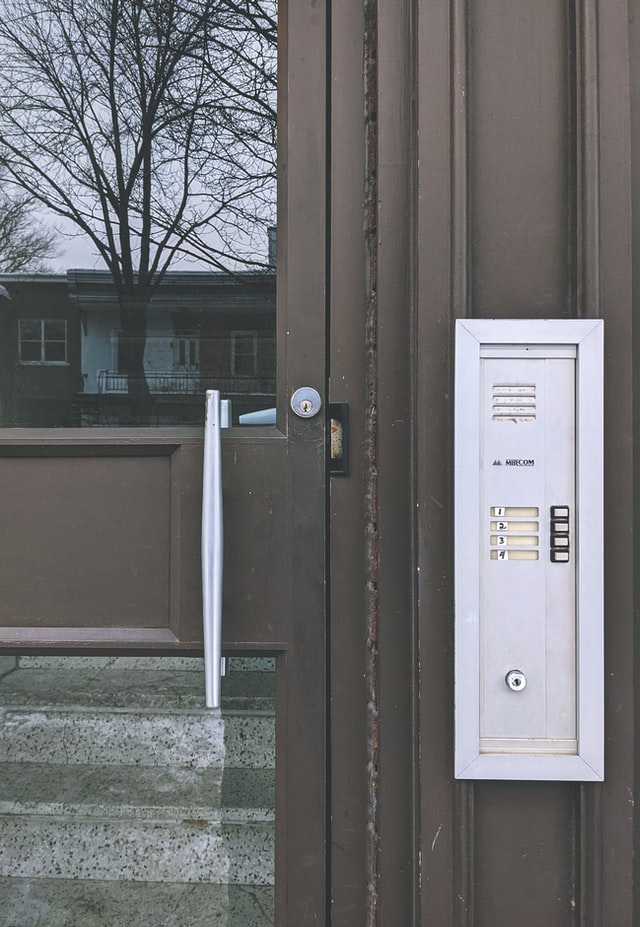Many people may say that a particular property is owned by a trust, or in the name of a trust. Such statements may be pragmatically useful for conveying the idea, but it can lead to confusions. Not everyone is aware that trusts can’t actually own property. Instead, property is in the name of a trustee of a trust, and is held in trust, not by a trust. In addition, trusts for which the grantor is sole trustee are not separate taxable entities. When a property held in trust being titled, the titling should include the name of the trustee plus “trustee” or “as trustee,” as well as the name and date of the trust.
When establishing a trust, your Declaration of Trust is called a trust instrument. The name of your trust instrument must provide the name of the trust in addition to the instrument. Information about the property should be provided in the form of a separate Property Schedule attached to the trust instrument. When providing copies of your trust instrument, such as to banks, many will have their own certification of trust forms for you to fill out instead of copying the entire document. If they don’t, your state may be able to provide such a form. If you can’t find such a form, the relevant pages banks need is generally a page with the grantor’s name, a page appointing the trustee, a page listing the trustee’s powers, and signature pages.
Photo by Sear Greyson on Unsplash



















